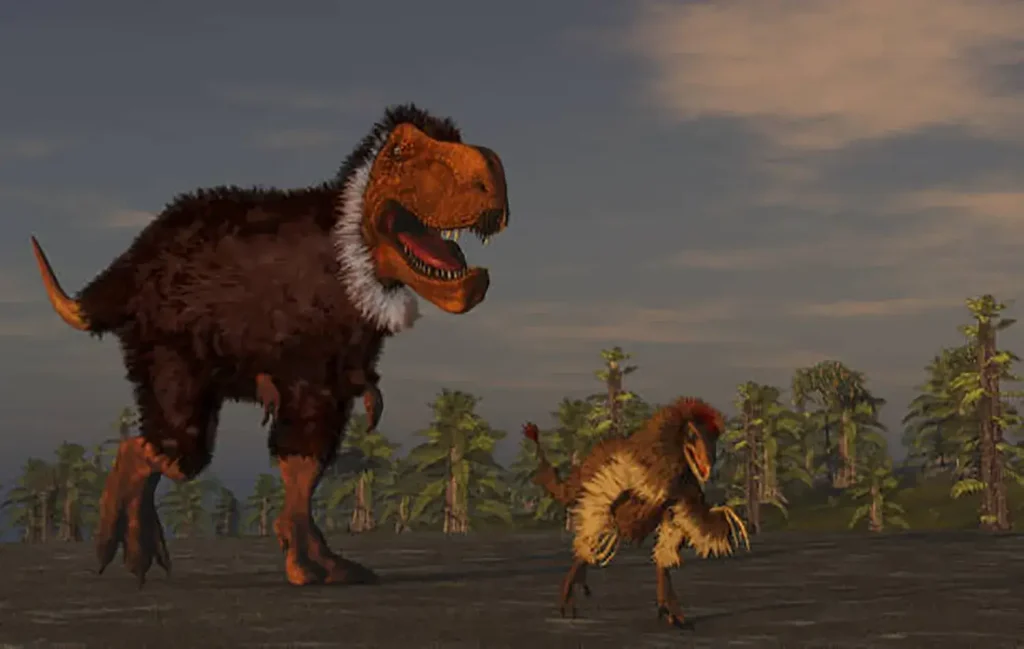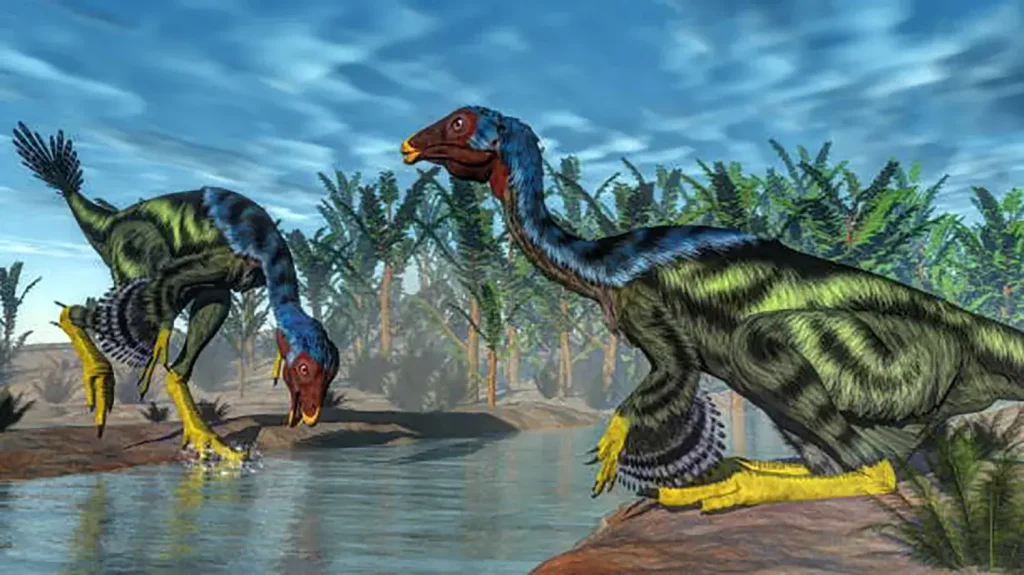The Moving Fortresses of the Dinosaur World: Thyreophorans—An Evolutionary History Protected by Armor and Spikes.
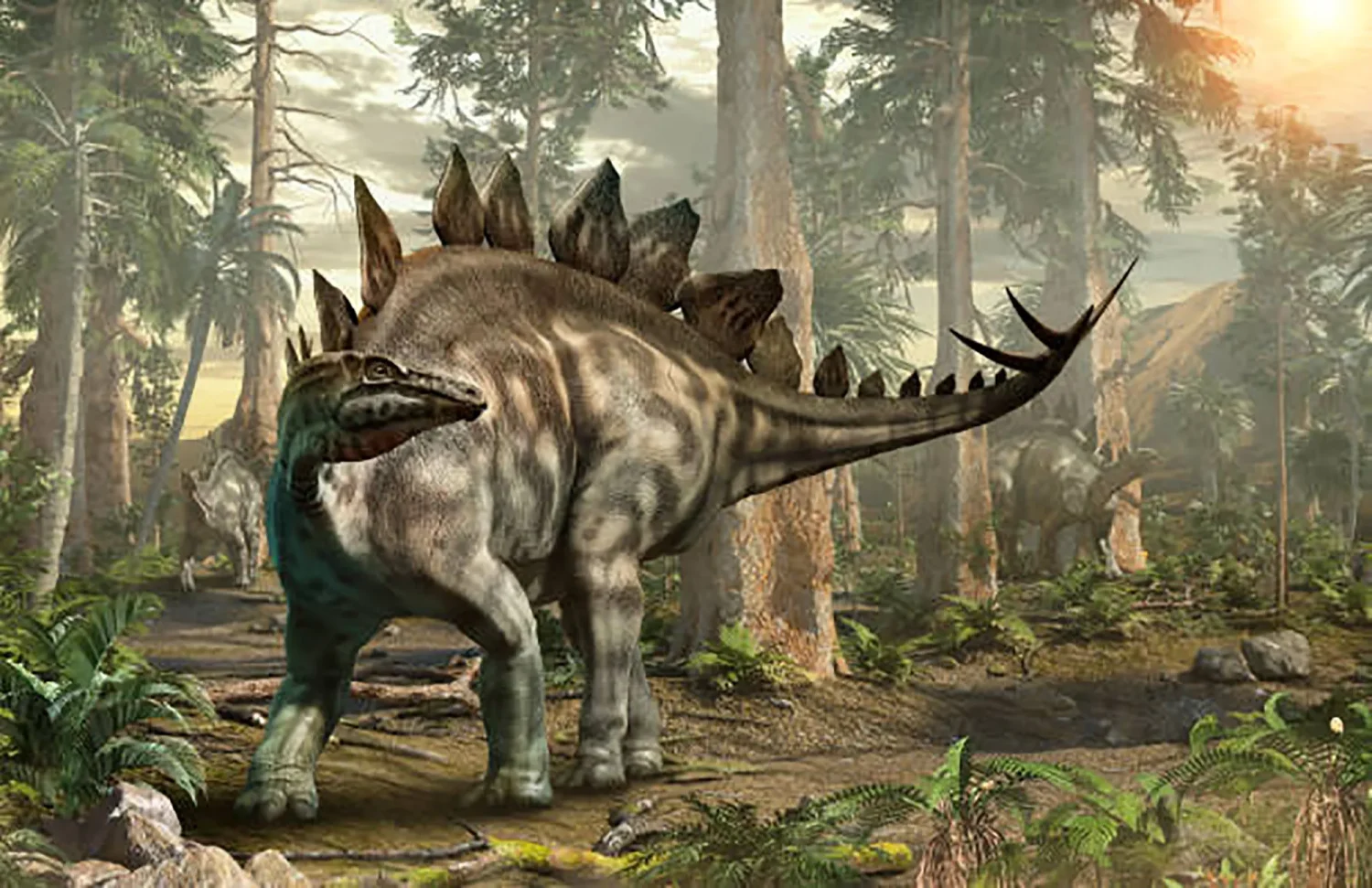
Thyreophorans are a group of ornithischian dinosaurs that ranged from small to super-large and were covered in armor, inhabiting every continent from the Early Jurassic to the end of the dinosaur age.
As their name suggests (meaning “shield-bearers”), their primary characteristic was the armor-like osteoderms that covered their entire bodies.
Thyreophorans primarily consisted of Stegosaurs (armored dinosaurs with plates, such as Stegosaurus) and…
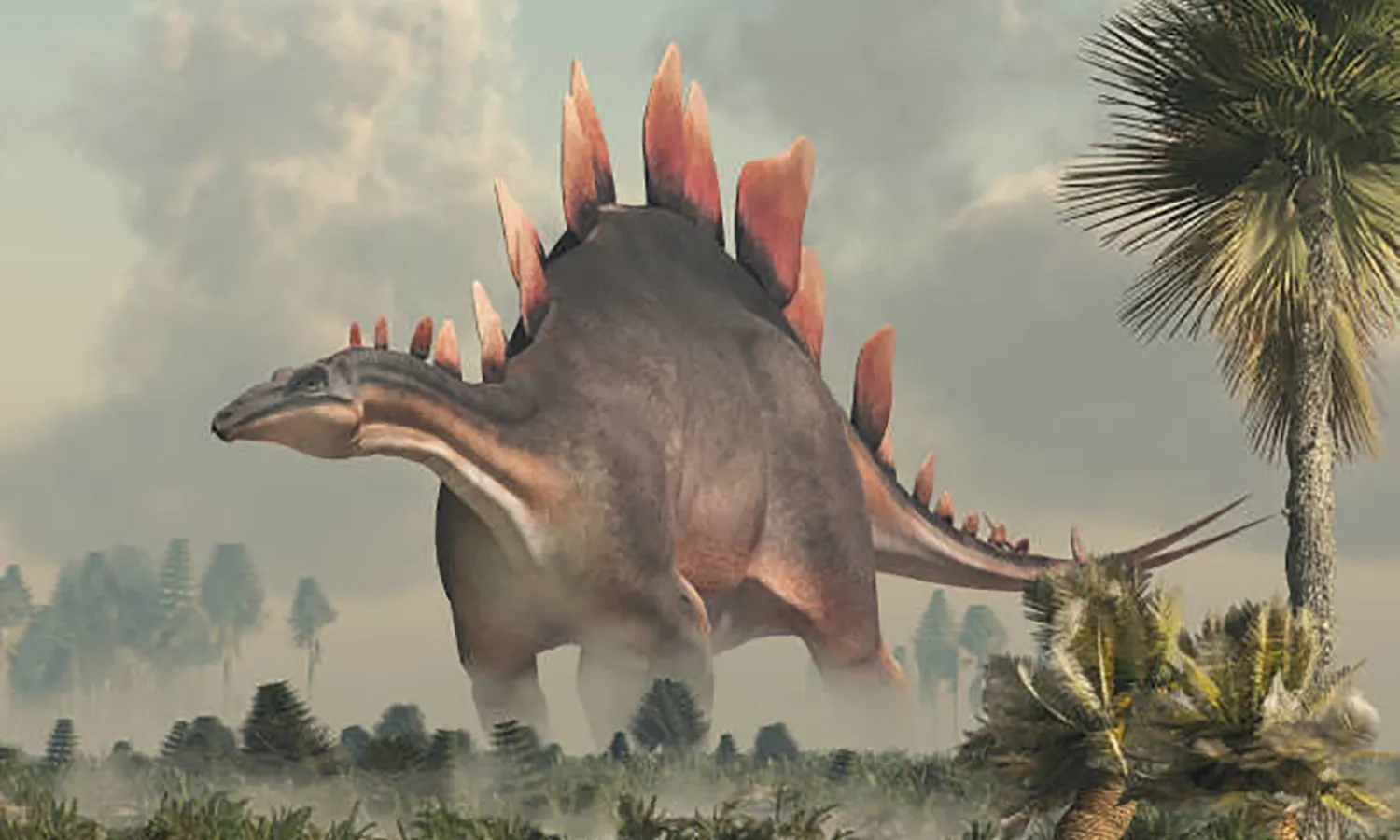
Stegosaurs (such as Stegosaurus)
…Ankylosaurs (armored dinosaurs with fused armor, such as Ankylosaurus), making them a specialized group of defense experts.
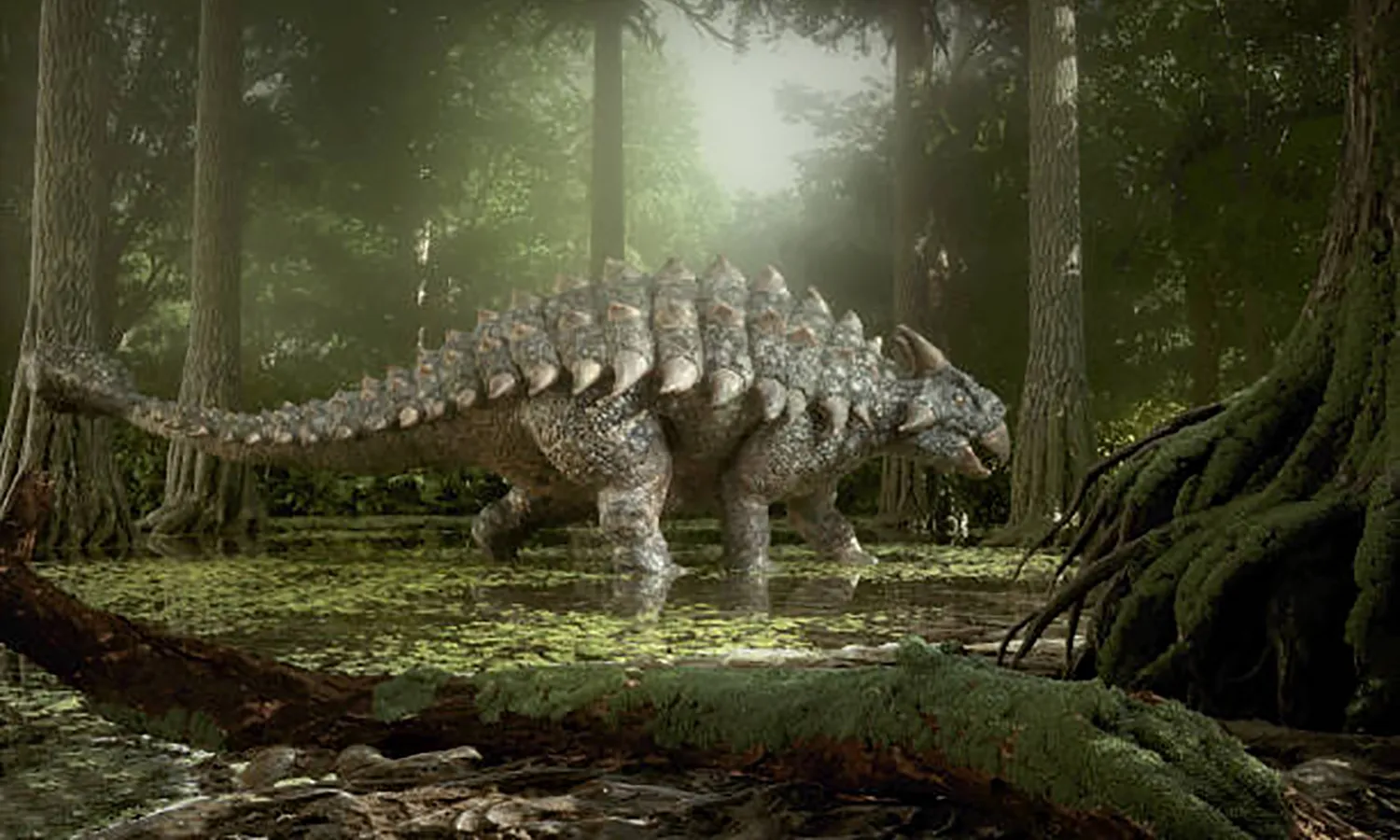
Ankylosaurs (such as Ankylosaurus)
Thyreophoran Characteristics: Defense and Survival Strategy
Thyreophorans survived the age of dinosaurs through their heavy armor and unique physical structure.
Armor Covering the Entire Body (Osteoderms)
All thyreophorans possessed armor-like osteoderms that covered their entire bodies.
Early species had simple scale-like osteoderms, but more evolved species developed elaborate armor, such as the tail club and plating that resembled a bulletproof vest.
In some species, the armor covered the entire body, extending even beneath the throat.
Diet and Locomotion
All were herbivorous, and their heads were relatively small yet solidly built for their body size.
While early species were bipedal, as carnivorous dinosaurs grew larger, thyreophorans also grew larger and shifted to quadrupedal locomotion to support their weight.
Growth Rate and Habitat
Compared to most other dinosaurs, their growth rate is considered to have been relatively slow.
They adapted to various environments, ranging from deserts to humid forests.
Unraveling the Mystery: History of Discovery and Research
The history of thyreophorans is long, with research beginning even before the word “dinosaur” was coined.
Early Discoveries in Europe
The oldest thyreophoran fossil is that of Hylaeosaurus, discovered in the United Kingdom in 1832.
Hylaeosaurus, along with Iguanodon and Megalosaurus, was one of the animals Richard Owen used to coin the term “Dinosauria” in 1842.
However, the initial discovery of Hylaeosaurus was very incomplete.
Around 1874, extensive fossils of a clearly spiked, large herbivore were discovered in England, marking the true beginning of stegosaur research.
The Complete Picture of Stegosaurs and Ankylosaurs
The discovery of more complete fossils accelerated in the 20th century.
Ankylosaurs (Ankylosauridae) became accurately identifiable after complete fossils were discovered in Asia and North America after World War II.
In the 1980s, the first ankylosaur from the Australian continent, Minmi, and the first from the Antarctic continent, Antarctopelta, were discovered.
Since the 1990s, fossils of important basal thyreophorans (such as Scelidosaurus and Scutellosaurus) have been discovered worldwide, including in China and North Africa, revealing the complete picture of their diverse classification.
